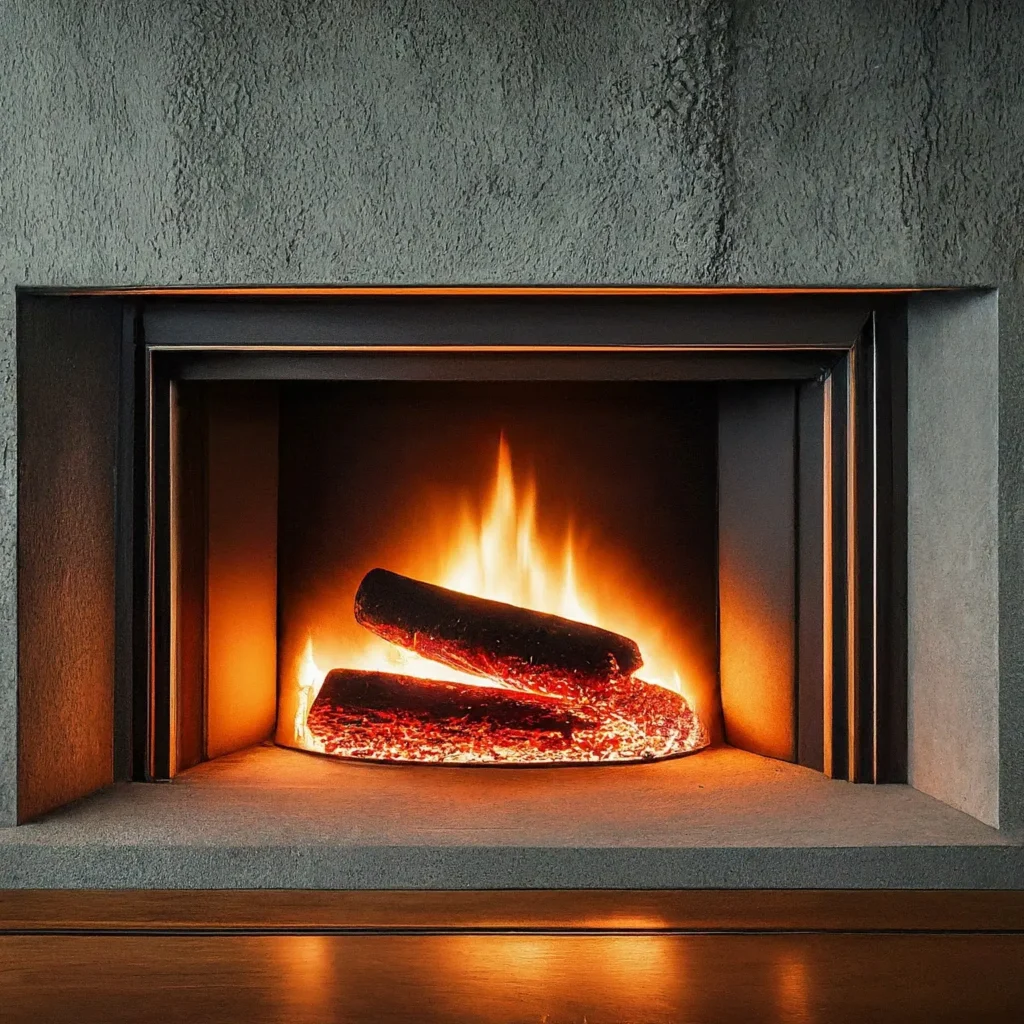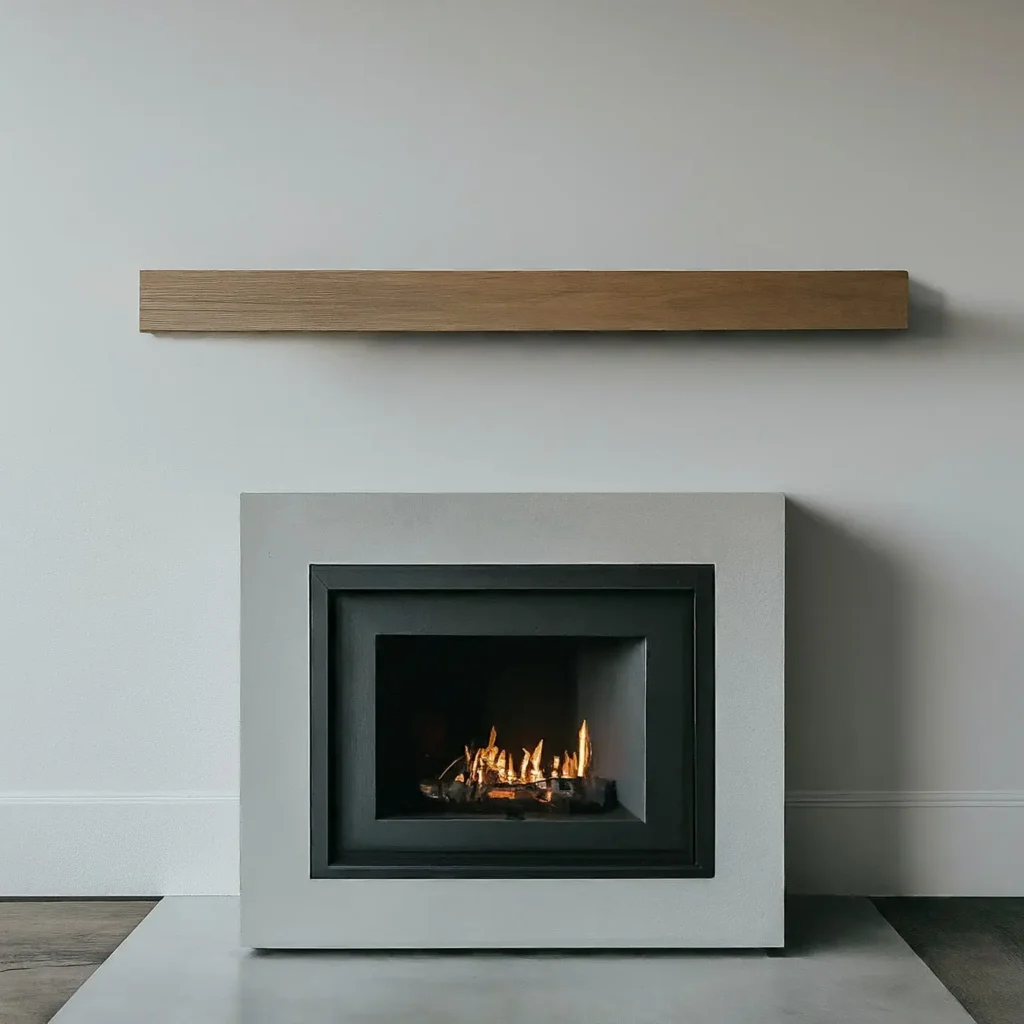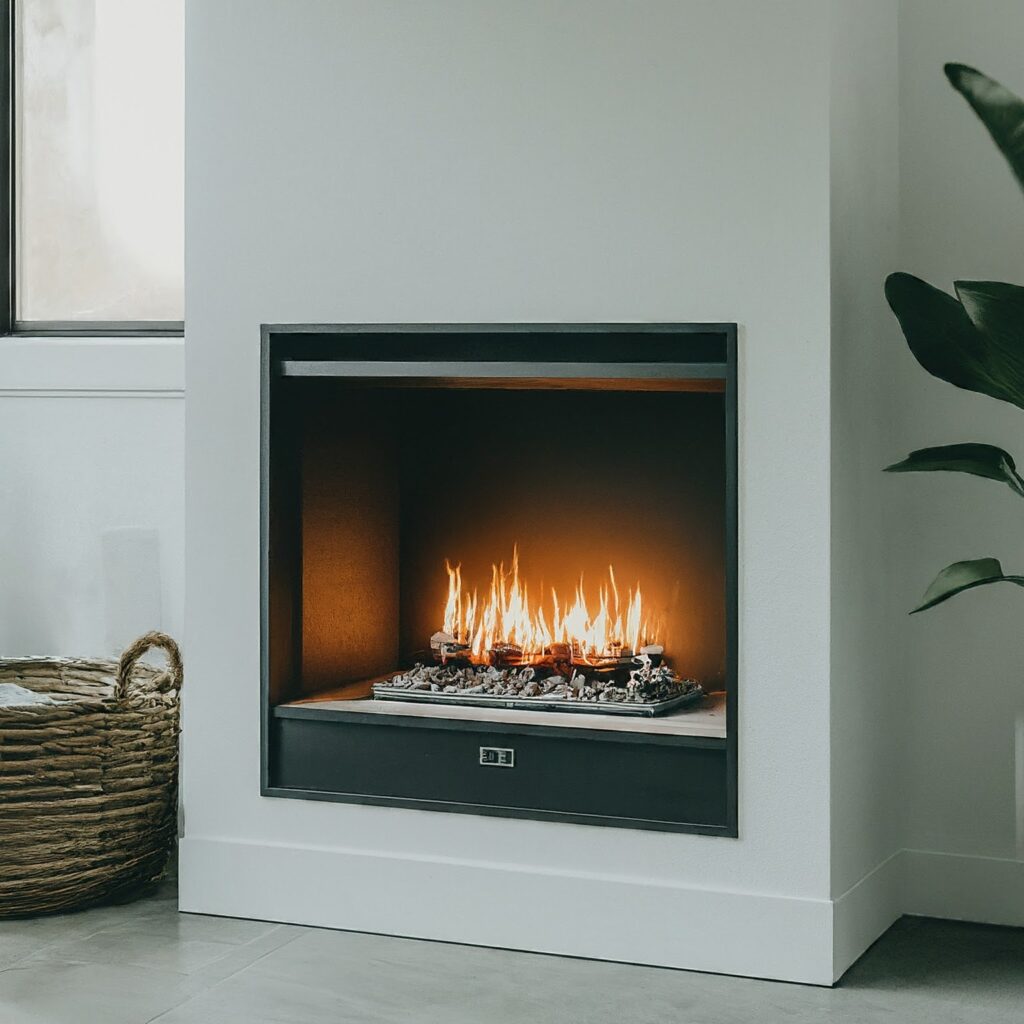Hearths play a crucial role in fireplace safety, acting as a barrier made of non-combustible materials. But what if your entire floor is constructed of non-combustible concrete? Do you still need a hearth?

This article addresses hearth requirements for various fireplace types on concrete floors, highlighting the specific regulations for each.
Do You Need a Hearth on a Concrete Floor?
When your fireplace is situated on a concrete floor, a hearth is not necessary. Concrete itself is a commonly used non-combustible material for hearths. However, if your concrete floor is adorned with wooden or combustible tiling, a hearth is still required to ensure safety.
Understanding Hearths:
Hearths serve as a protective measure, preventing embers and ashes from igniting flammable materials in your home. To effectively fulfill this role, a hearth must be constructed from non-combustible materials capable of withstanding high temperatures without breaking or cracking.
Popular materials for hearths include:
- Concrete
- Granite
- Marble
- Stone
- Ceramic Tiles
As evident, concrete is a frequently employed material for hearths due to its non-combustible nature and heat resistance. However, if your entire floor is constructed of non-combustible concrete and lacks any combustible tiling, a hearth may not be necessary.
Types of Fireplaces and Hearth Requirements:
Different types of fireplaces come with varying hearth requirements.
Wood-Burning Fireplaces:
Wood-burning fireplaces necessitate a hearth, as they burn solid fuels that can emit sparks or even fall out of the fireplace, posing a fire hazard. Any fireplace using solid fuels requires a hearth to mitigate these risks. While concrete floors without combustible elements may not strictly require a hearth, it is often recommended for safety purposes.

Gas Fireplaces: Gas fireplaces, categorized as appliances, do not require a hearth. They can be placed directly on the floor, irrespective of the material. Gas fireplaces are considered one of the safest options due to the clean-burning nature of gas.
Electric Fireplaces: Electric fireplaces, devoid of actual flames, do not necessitate a hearth. They operate by using an artificial flame effect and a heater, eliminating the risk of fire hazards. Concrete floors, along with other floor materials, do not require a hearth for electric fireplaces.
Is Concrete a Suitable Hearth Material?
Concrete is an excellent choice for a hearth material, meeting the necessary criteria of being fire-resistant, able to withstand high temperatures,
non-combustible, crack-resistant, and durable. Additionally, it offers the flexibility to be customized to complement your interior design.
Conclusion: Understanding hearth regulations is crucial for ensuring the safety of your fireplace installation. While concrete serves as an excellent material for hearths,

it’s important to assess the specific requirements based on your floor composition and the type of fireplace you have. By adhering to these guidelines, you can enjoy a functional and safe fireplace set up in your home.


